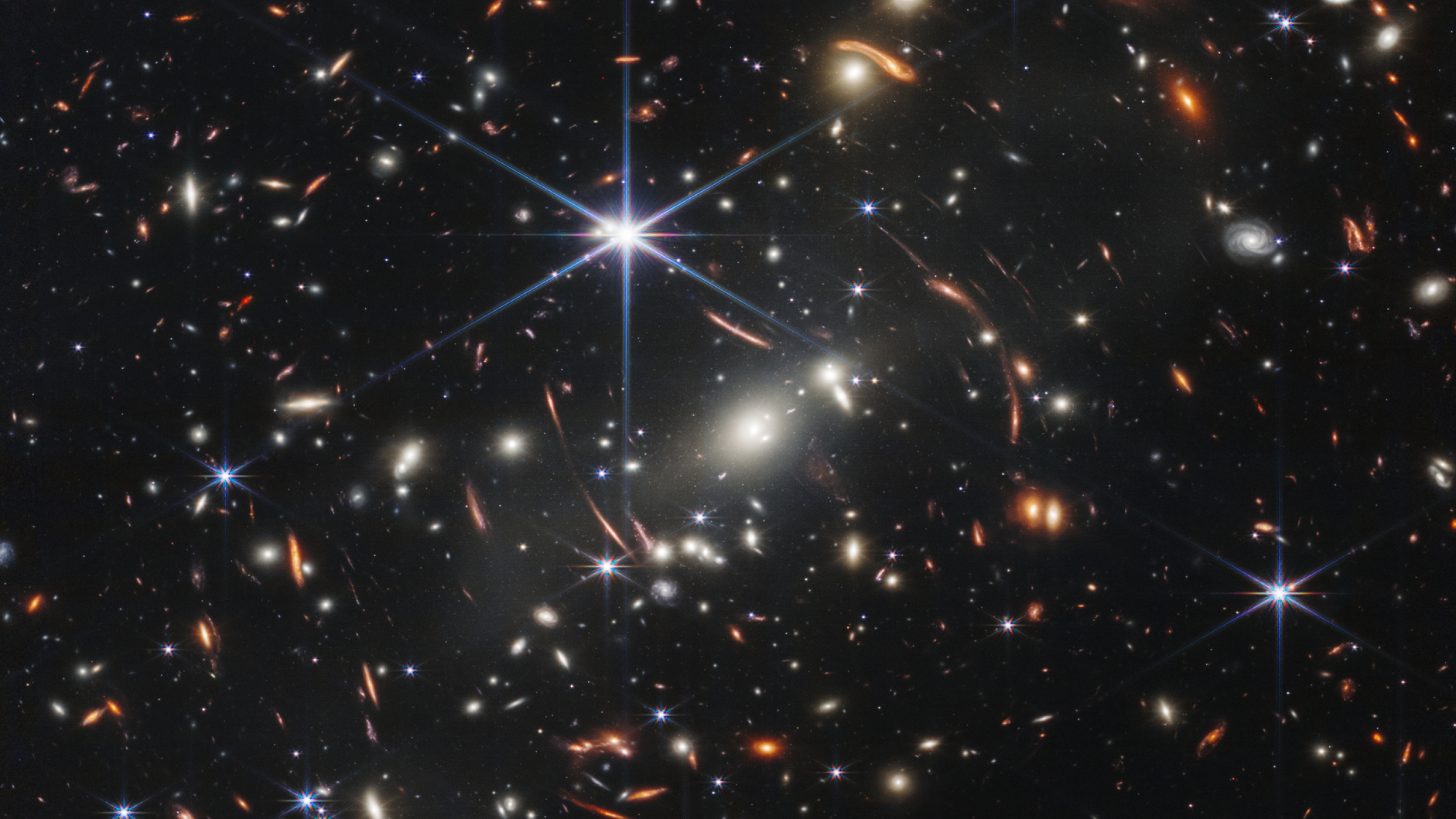Giant meteorite strikes in Earth's distant history may have helped form continents
Tiny crystals of zircon could be geological evidence that the continents were born at meteor impact sites.

New evidence supports the idea that Earth's continents were created in its distant past when massive meteorites struck the planet.
A team of researchers from Curtin University in Australia found that Earth's continents may have formed at the sites of meteorite impacts, which were much more common in the early history of the solar system. Earth is currently the only planet which we know to possess continents and until now researchers haven't been entirely sure why this is. These new findings represent the first solid evidence supporting a long-proposed hypothesis that meteorites are behind this unique geological characteristic.
"By examining tiny crystals of the mineral zircon in rocks from the Pilbara Craton in Western Australia, which represents Earth's best-preserved remnant of ancient crust, we found evidence of these giant meteorite impacts," Tim Johnson, a geologist at Curtin University and lead author of the new research, said in a statement. "Studying the composition of oxygen isotopes in these zircon crystals revealed a 'top-down' process starting with the melting of rocks near the surface and progressing deeper, consistent with the geological effect of giant meteorite impacts."
Related: 10 Earth impact craters you must see
A meteorite is a space rock that survives its journey through the atmosphere of Earth to strike the surface of the planet. Many meteorites have broken away from larger asteroids that formed as early as around 4.6 billion years ago, when the planets of the solar system were also being born.
The most famous example of an asteroid strike in Earth's history is the Chicxulub impactor 66 million years ago. This impact wiped out the dinosaurs and left a 6.2-mile-wide (10 kilometers) crater off the Yucatán Peninsula in Mexico. Johnson and his colleagues' findings imply that similar impacts were shaping Earth's geology billions of years earlier than this notorious event, they argue.
A better understanding of the formation and development of the continents could have ramifications for our understanding of how both lifeforms and valuable minerals are dispersed around the planet.
Get the Space.com Newsletter
Breaking space news, the latest updates on rocket launches, skywatching events and more!
"The continents host critical metals such as lithium, tin and nickel, commodities that are essential to the emerging green technologies needed to fulfill our obligation to mitigate climate change," Johnson said. "These mineral deposits are the end result of a process known as crustal differentiation, which began with the formation of the earliest landmasses, of which the Pilbara Craton is just one of many."
He added the team intends to continue to examine ancient rocks across areas similar to Pilbara Craton to discover if these findings are reflected across the planet.
And early signs are promising for the theory that ancient meteorite strikes created the continents, the researchers argue.
"Data related to other areas of ancient continental crust on Earth appears to show patterns similar to those recognized in Western Australia," Johnson concluded.
The team's research is featured in a paper published Aug. 10 in the journal Nature.
Follow us on Twitter @Spacedotcom and on Facebook.
Join our Space Forums to keep talking space on the latest missions, night sky and more! And if you have a news tip, correction or comment, let us know at: community@space.com.

Robert Lea is a science journalist in the U.K. whose articles have been published in Physics World, New Scientist, Astronomy Magazine, All About Space, Newsweek and ZME Science. He also writes about science communication for Elsevier and the European Journal of Physics. Rob holds a bachelor of science degree in physics and astronomy from the U.K.’s Open University. Follow him on Twitter @sciencef1rst.









